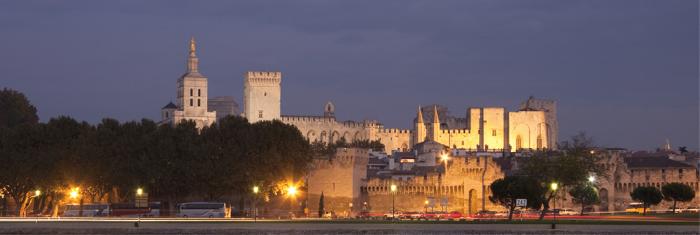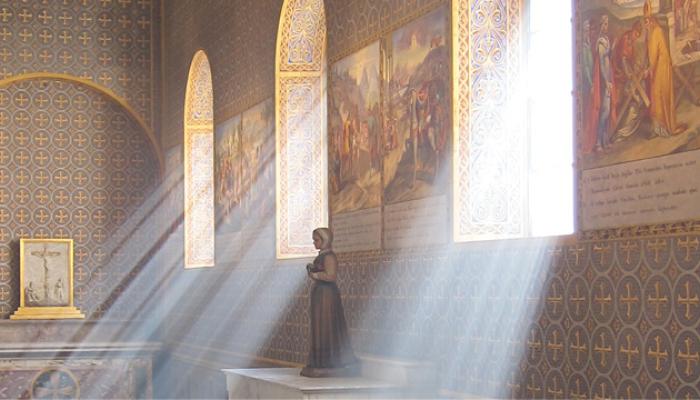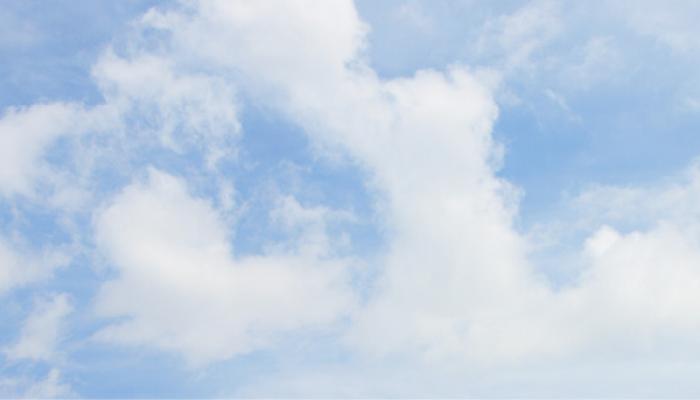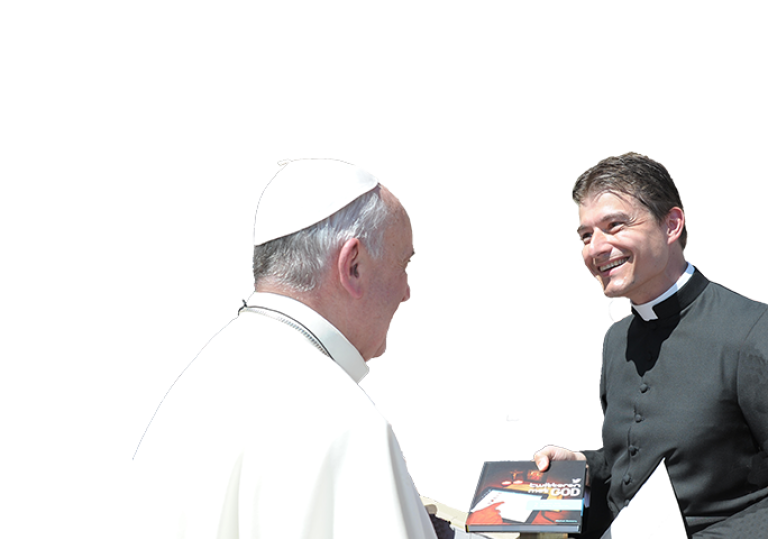
2.33 Was geschah zu Beginn der Renaissance?
Im dreizehnten und vierzehnten Jahrhundert herrschte große Verwirrung über die Identität des echten Papstes, da mehrere Personen behaupteten, gleichzeitig Papst zu sein. Es dauerte bis 1417, bis alle Parteien Martin V. als einzigen echten Papst anerkannten.
Die Päpste sammelten immer mehr Wohlstand und lebten ein weltliches Leben. Aufgrund dieser Probleme brauchte die Kirche dringend erneute Aufmerksamkeit, um wirklich Jesus nachzufolgen, was in geringem Umfang geschah. In der Renaissance wurde jedoch oft der Mensch zum Mittelpunkt der Aufmerksamkeit anstelle von Gott. Leider spiegelte sich dies manchmal auch in der Führung der Kirche wider.
[The scholar] Duns Scotus distanced himself from Paris, after a serious dispute broke out between King Philip IV the Fair and Pope Boniface VIII, rather than sign a document hostile to the Supreme Pontiff as the King requested of all religious, preferring voluntary exile... this event invites us to remember how often in the history of the Church believers have met with hostility and even suffered persecution for their fidelity and devotion to Christ, to the Church and to the Pope. We all look with admiration at these Christians who teach us to treasure as a precious good faith in Christ and communion with the Successor of Peter, hence with the universal Church. However, friendly relations between the King of France and the Successor of Boniface VIII were soon restored and in 1305 Duns Scotus was able to return to Paris to lecture on theology. [Pope Benedict XVI, General Audience, 7 July 2010]





